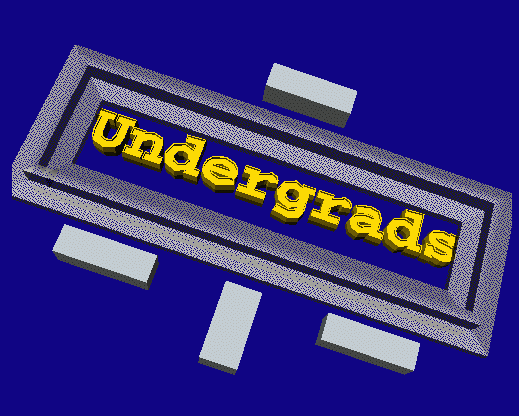
NCSU joins other North Carolina Universities in hosting the
190th meeting
of the American Astronomical Society in June of 1997.

Graduate studies in theoretical astrophysics at NCSU offer
exciting opportunities in the rapidly growing field of
computational science. For more information, check out the
Graduate School and/or
Department of Physics homepages as well as the astrophysics
research described below.

Undergraduate
opportunities in astrophysics include several
formal courses
and independent research,
including a summer
research program sponsored through the NSF's Research
Experiences for Undergraduates program.

Astrophysics research at NCSU centers on the theoretical
studies of supernova remnants. Issues addressed by our group
include particle acceleration, origin of synchrotron emission,
and the hydrodynamic evolution of SNRs. Other topics pursued
in theoretical astrophysics include the physics of collisionless
shocks, accretion processes, stellar jets and winds, and
interacting binary stars. Examples of
current research
are available online, including several
MPEG files of astrophysical simulations.
Much of the research in our group draws heavily on techniques
in computational science, including Monte Carlo calculations,
hydrodynamic simulations with
VH-1,
particle simulations, and non-equilibrium
ionization calculations. In addition to local workstations,
our group uses the facilities of the
North Carolina Supercomputing Center and the
Pittsburgh Supercomputing Center.
Observational work is also carried out at NCSU to complement
the theoretical research. National facilities including the
NRAO's Very Large Array
and NASA's (international)
ROSAT and ASCA
satellites are used to obtain radio and X-ray images and spectra
of supernova remnants.
 The NCSU Astrophysics
Preprint Library
provides access to postscript files of recently submitted
publications by NCSU faculty and students.
The NCSU Astrophysics
Preprint Library
provides access to postscript files of recently submitted
publications by NCSU faculty and students.
 Links to astronomy resources on the World Wide Web.
Links to astronomy resources on the World Wide Web.





 Links to astronomy resources on the World Wide Web.
Links to astronomy resources on the World Wide Web.